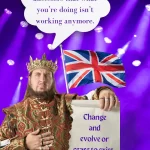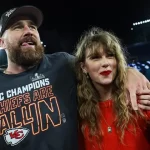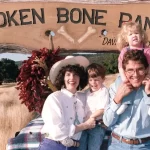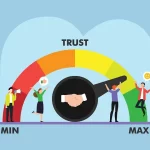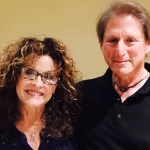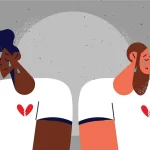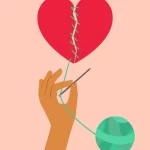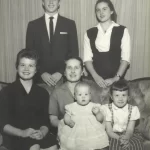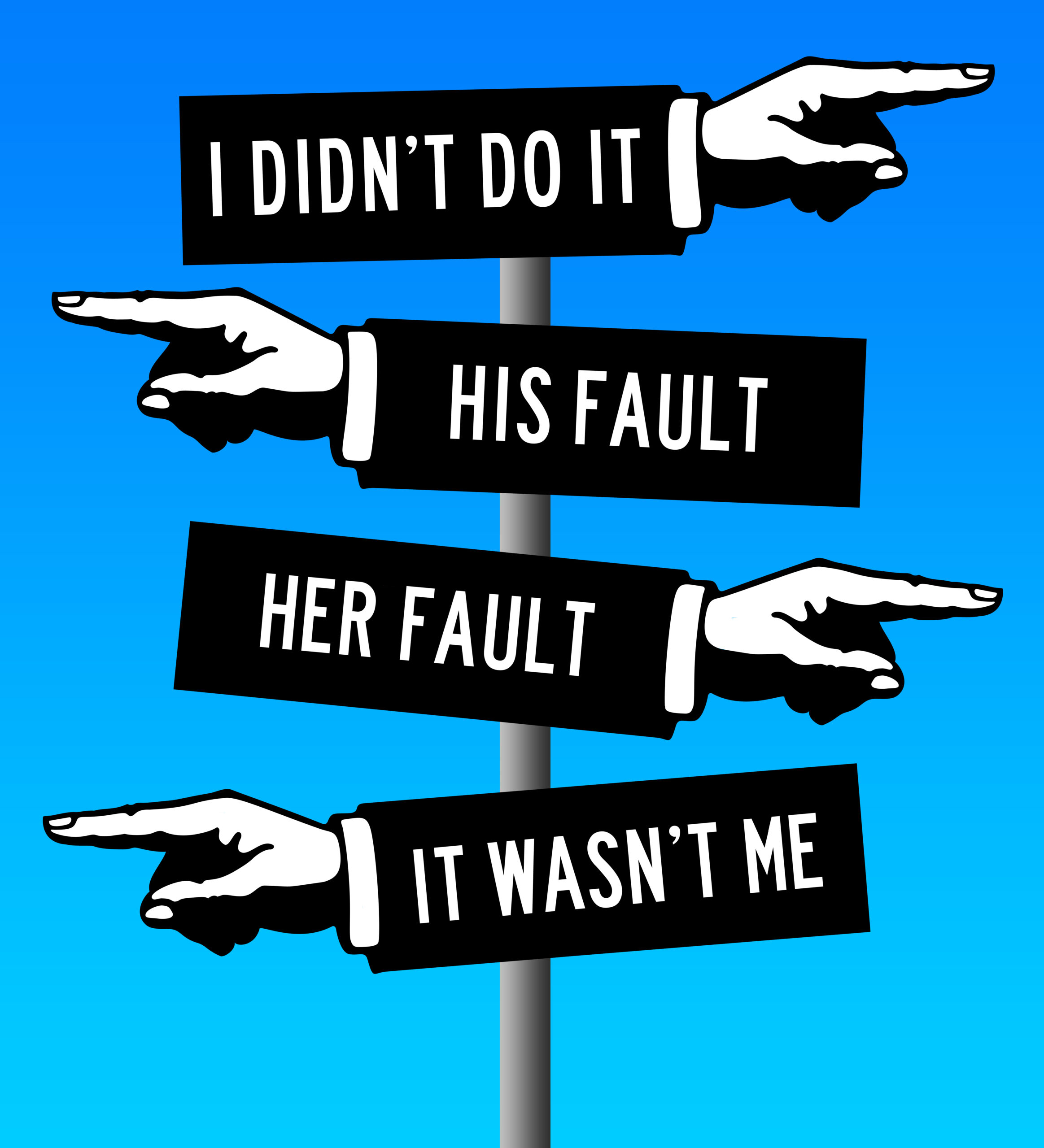Counseling & Therapy for Individuals, Couples, & Families in Little Rock, AR. Find out when therapy is indicated, Becky's … Learn More
Celebrating the life of my own lost hero.
Many know that my world came crashing down on October 11, 2011 when news arrived that my precious 24-year-old son was killed in Afghanistan. It’s been a journey for sure, and I’ve learned a lot about my son, the Marines and being a therapist dealing with my my own grieving process. My goal has been to make lemonade out of lemons, and one of the ways I do that is to keep Benjamin’s memory alive. Hey, if a mom isn’t going to do it, who will?
In my family I have always been the historian. I’ve been taking photos and videos since I can remember, so you can imagine that I have piles of footage of my children that in the past have sat in drawers or closets collecting dust. Now that Benjamin is gone, I make it a point to pull out the photos and videos and create a little movie to commemorate his birthday. On July 6 he would have been 27 and I issued yet another movie called, “From BenjaBOY to BenjaMAN. It is a total act of love for my son and it helps me so much to make it, and to share it. For those that didn’t know him or know him well, I hope it brings him to life.
Here it is … From BenjaBOY to BenjaMAN
Appointments available for July 7- July 11, 2014
The following appointment times are currently open: Thursday, July 10th: 11am-12:30pm available, 2-4pm available Friday, July 11th: 9:30-11:30am available
Schedule an Appointment:
Contact us by phone at 501-590-9200 or make an appointment here.

Consider this: Why we Marry the Person We Marry
Most people don’t put a lot of thought into why and how humans choose their mates, but I think we should.
One of the reasons the divorce rate in the United States is so high is that we settle for someone who is not compatible with us. In my research, when I interviewed divorced individuals about how their marriages died, I asked them how and why they had decided to marry their spouse. Time and again their answers confirmed that they knowingly married people who didn’t have high potential to be a compatible partner. This doesn’t mean that the person is dysfunctional or lacking in any way, although sometimes that certainly is the case. It simply means that the two together were not a match and one or both of them knew it when they married. I think this is huge news.
In 2006, I interviewed participants at length for a research study dedicated to understanding why their long-term marriages had failed. I wanted to follow their thinking process from the time they met their spouse and decided to marry to the time the person decided to divorce, as I found it fascinating that a person can start off in a position of very much wanting to be married to a person to very much not wanting to be married to them. I hungered to know what were the things that happened between those two stances that created such a difference of opinion.
The reasons my participants gave for marrying included: “I wanted regular sex,” “He wanted me and he was cute, so I said OK,” “She was going to move to another city after college and I didn’t want to lose the regular sex,” and “He seemed like a stable man and a good provider,” and the most over-the-top reason of all, “Y2k was coming in a few years as we entered the new millennium and I felt like he could help me survive if the world fell apart.” Folks, let me tell you, you’ve got to have a stronger foundation than that on which to build a marriage.
We’re All Just Cave Men and Women
What draws us to the people we end up with? Sociologists have been studying this topic for years, and what they’ve found is fascinating.
At our core, we are all driven to do what we do because of biological imprinting that goes back to the beginning of time. Back in the stone ages women worried about survival. They knew instinctively that the strong tended to survive and flourish, and the weak did not.
So when it came time for the cave woman to seek a mate and reproduce, she followed her survival instincts and sought the best man she could. Cave women most valued men who would stick around over the long term, provide strong and healthy genes that would give her the best shot at having strong and healthy children. In addition, the man needed to be able to provide food, shelter, and safety for her and their children. Our early ancestors sought men with the highest potential so they and their children would survive. This phenomenon occurs in every culture studied.
Even in societies like the United States, where the infant mortality rate is relatively low, women are still drawn to culturally successful men. On a subconscious level, they know that they and their children will benefit. Just like the cave woman, the modern woman is drawn to the most successful man because it affects her and her children’s survival. This is still true, even though women today can provide for their children equally as well as men.
When the cave woman couldn’t attract the most dominant cave man with the strong genes and the best ability to provide and protect, she settled. From time immemorial, the only thing a woman could do was to settle for the next best man she could get. In prehistoric times, the man in highest demand could have his pick among cave women. He valued physical attractiveness and faithfulness. It was important for the cave man to know that if his wife got pregnant, it was his seed that got planted. Therefore the likelihood that the woman would remain faithful was one of his most important considerations.
So millions of years ago, men and women who had first choice of the highest quality mates were the dominant men with social status and the attractive and faithful women. The people who couldn’t attain their first choice lowered their standards, which brings us to why so many of us end up choosing mates who are not compatible or mates we don’t really feel that strongly about.
Today in American society, it is a rare man or woman who can get first choice when it comes to potential partners. Just like in cave-man days, the most desirable mates are in short supply. Take my client, Janie, for example, who kept choosing men who weren’t healthy choices. She explained to me that she sees two choices: search for a man of high quality, which she knows is in short supply, or be more realistic and bring her standards down several notches on the desirability scale.
After encouraging clients like Janie to shoot high and succeed when it comes to choosing a mate, I devised guidelines for them:
Dr. B’s Mate Choice Checklist
- Accurately gauge the highest quality person you can attract.
- Find and make the connection with such a person. Get to know him or her to find out their beliefs, values, dreams, and goals, etc. See if the person can emotionally connect, is well balanced and mature. See if their personality fits and is a match for you.
- If it looks like a match, and you desire affection and love from this person, you have the necessary ingredients for a compatible partner.
It sounds easy, but too many of us don’t follow those steps. And take into consideration that if you start the mate selection with low self-esteem, then you may well choose a partner who is not very high on the desirability scale because you’re down on you, and you wrongly think that’s where you belong.
If you are now in the midst of a marital crisis, and I am curious about the ways in which you may have chosen a mate who may not have been ideal for you? If this happened, it doesn’t mean that you have to throw in the towel, as only you know if there is enough fabric in your relationship to make a good marriage with the positive qualities that he or she does have. Also, don’t discount the fact that as you learn more about healthy relationships and whether you and your spouse can have one, you may find that your marriage can grow into something better than it has ever been … remember, I know you both have been keeping secrets about your needs and unhappiness from one another. Imagine how different things might be if you could now communicate those things with respect and kindness and get your needs met. I see it happen all the time.



 Becky Whetstone is an Arkansas native and has a Ph.D. in Marriage and Family Therapy from St. Mary’s University in San Antonio, Texas. She is a Licensed Marriage and Family Therapist (LMFT) in Texas and Arkansas.
Becky Whetstone is an Arkansas native and has a Ph.D. in Marriage and Family Therapy from St. Mary’s University in San Antonio, Texas. She is a Licensed Marriage and Family Therapist (LMFT) in Texas and Arkansas. 












